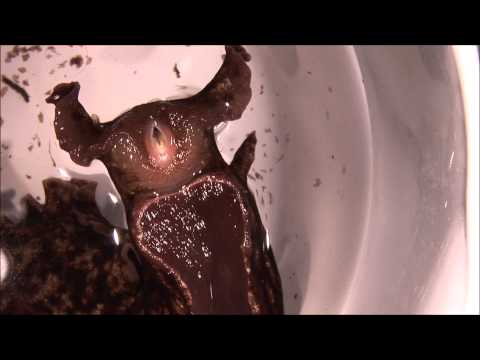This anecdote made my day today. On a Drosophila researcher mailinglist, someone asked if anybody on the list had access to the Landes Bioscience journal ‘Fly‘. I replied by wondering that if #icanhazpdf on Twitter didn’t work, the days of ‘Fly’ are probably counted, with nobody subscribing. A few minutes later, the author of the original email replied that he hadn’t dared using #icanhazpdf before emailing the list because the idea in the paper he was interested in was so easy to scoop, that he didn’t want people to know about the paper. He feared that the “broadcast approach” of #icanhazpdf would alert people to the paper!
In other words, at least in the perception of this one colleague, as long as nobody would draw attention to a peer-reviewed publication using Twitter, chances are low that anybody would pay attention to it. Obviously, the fact that a niche journal is behind a paywall contributes to this perception:
I'm amused that @FlyBaseDotOrg doesn't have free access to "Fly". I remember Michael Ashburner saying the lack of #oa would make it fail.
— Dr. Boris Adryan (@BorisAdryan) June 26, 2013
It is testament to our dysfunctional communication system that Twitter is perceived as a better medium to make a discovery public than a publication in a peer-reviewed, scientific journal. In a variation of an old saying, one could say: “if it isn’t on Twitter, it isn’t published”.













